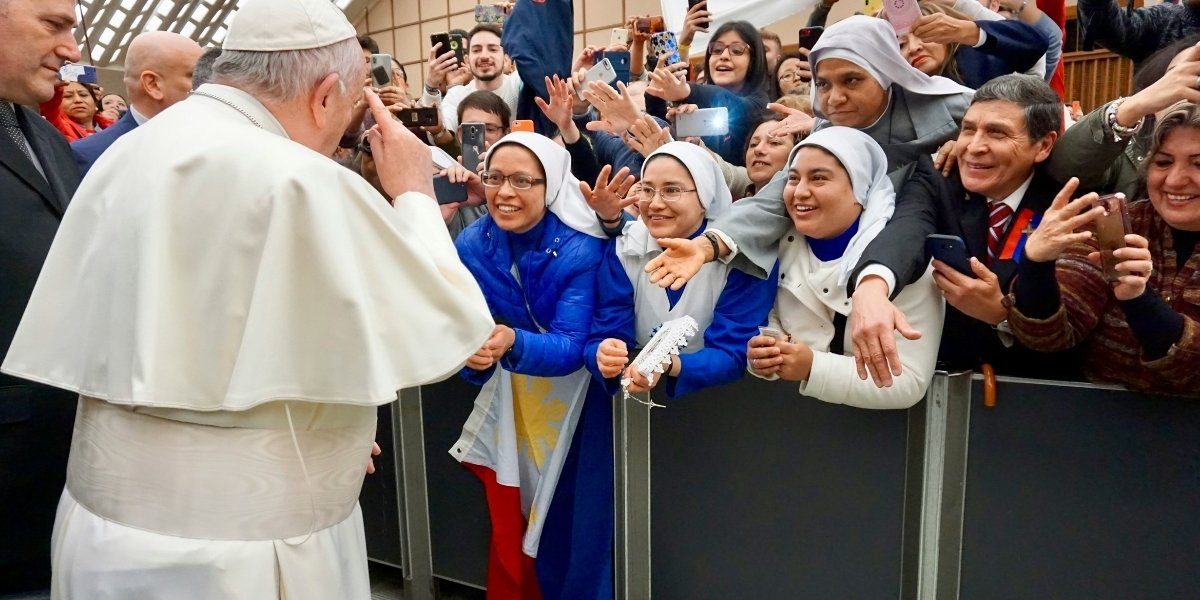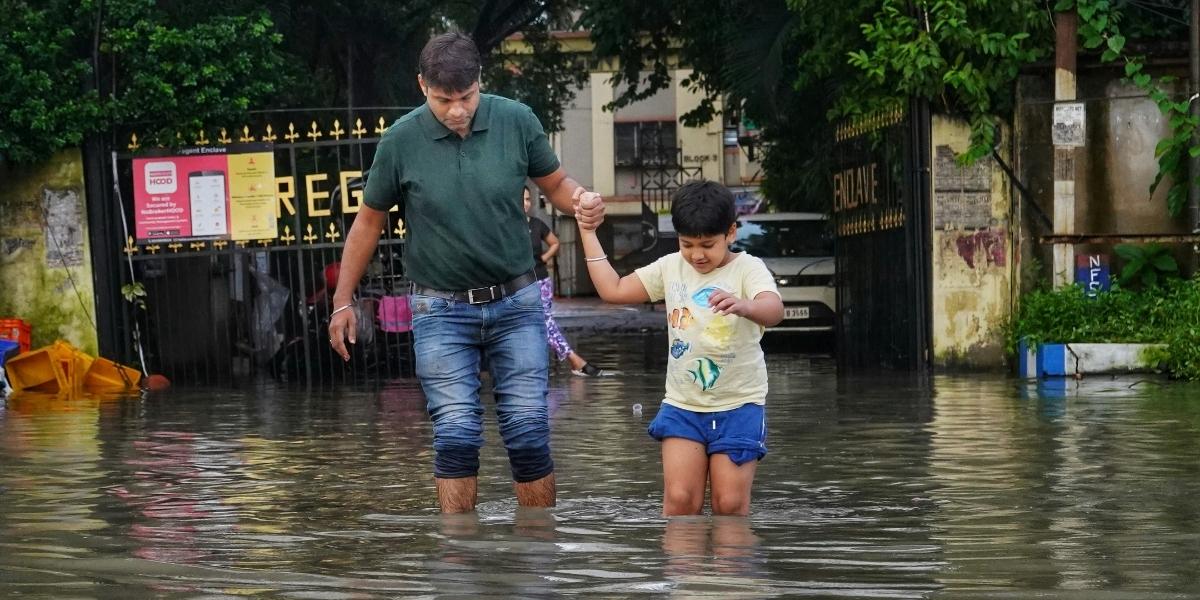When the position of the Pope becomes vacant, the eyes of the world turn toward the Vatican and the Pope’s successors. Deep within Vatican City, an ancient process begins—filled with reverence, symbolism, and tradition. The event is known as the Sacred Conclave, where the College of Cardinals gathers to elect the next leader of the Catholic Church.
Read Also: Vatican and the Pope: Faith Meets Global Sovereignty
How Did the Papal Election Process Evolve Over Time?
The early Church had no formal process for electing a Pope. Bishops and clergy in Rome would often acclaim a successor after the previous Pope passed away. Over time, the selection process became more structured to ensure order and prevent outside interference.
By the Middle Ages, the College of Cardinals became the exclusive electors. Seclusion during the vote was introduced to avoid political pressure and factional disputes. The word “conclave” itself comes from the Latin cum clave—meaning “with a key”—referring to the locked quarters where the cardinals gather. Through the centuries, these traditions were shaped by historical moments and spiritual reflection, creating the complex and confidential system in place today.
What Is the Role of Sede Vacante in the Vatican and the Pope’s Absence?
The period between Popes is called Sede Vacante, or “the Seat Being Vacant.” It begins the moment a Pope dies or resigns. During this time, the Vatican and the Pope’s governing powers temporarily shift to the College of Cardinals. They manage only essential functions, avoiding any major changes in Church leadership or policy.
Preparations for the conclave are carried out by the Camerlengo, who oversees the day-to-day operations of Vatican City during this transition. Meanwhile, spiritual reflection deepens among the cardinals as they await the upcoming election. The entire Church enters a moment of anticipation and prayer.
Who Are the Cardinals, and Why Do They Elect the New Pope?
The College of Cardinals is a select group of clergy appointed by the Pope. They serve as advisors, diplomats, and administrators within the Church. However, one of their most sacred responsibilities is electing the next Pope. Only cardinals under the age of 80 are eligible to vote.
Becoming a cardinal is both an honor and a duty. These men are chosen based on their experience, theological insight, and loyalty to the Church. Though they come from different cultures and backgrounds, they share a commitment to the Church’s future. Their role in the conclave is to prayerfully discern who should lead the Church through the coming years.
What Happens During the Conclave in the Vatican?
The conclave begins with a solemn Mass in St. Peter’s Basilica. Afterward, the cardinal electors process into the Sistine Chapel, where Michelangelo’s towering frescoes offer a visual reminder of divine judgment and grace. Once inside, they are formally sealed off from the outside world.
This seclusion is more than a ritual—it ensures focus and removes distraction. The cardinals are forbidden to use phones, internet, or any form of outside communication. A spirit of silence and contemplation fills the room. Every detail of the conclave is governed by ancient rules to uphold the dignity and secrecy of the election.
How Do the Cardinals Vote for a New Pope?
Voting begins after the cardinals have spent time in prayer and conversation. Each day, they can hold up to four votes—two in the morning and two in the afternoon. To be elected Pope, a candidate must receive a two-thirds majority.
The ballots are written by hand and collected in a ceremonial process. After each round of voting, the ballots are burned. Chemicals are added to the smoke to signal the outcome: black smoke means no decision, white smoke means a Pope has been elected. The chimney atop the Sistine Chapel becomes the visual symbol seen around the world.
What Signals a Successful Election of the Pope?
When the white smoke rises, bells ring throughout Vatican City. Inside the chapel, the newly elected Pope is asked if he accepts the role. If he does, he chooses a papal name, often inspired by past saints or Popes who shaped his vision for the Church.
Then comes the moment the world has been waiting for. From the balcony of St. Peter’s Basilica, the cardinal deacon proclaims, “Habemus Papam”—we have a Pope. The new Holy Father appears, offers his first blessing, and begins his journey as the spiritual leader of more than one billion Catholics.
Read Also: Interactive World Maps for Kids: A Guide to Fun Learning
Why Is the Sacred Conclave a Spiritual Experience?
Beyond politics and ceremony, the Sacred Conclave is deeply spiritual. The cardinals enter not just as voters, but as men in discernment. They invoke the Holy Spirit, seeking guidance in their decision. Each vote is an act of faith, not strategy.
The election is understood by many Catholics as being shaped by divine will. Though human hands write the ballots, they do so believing that they are instruments of something greater. It is this belief that gives the conclave its enduring spiritual weight.





